Product Information
-
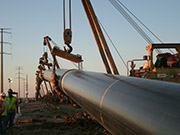
Some Tips for Preventing Steel Pipeline Corrosion
Corrosion of pipes occurs because metals are sometimes susceptible to chemical reactions that weaken them. Once the metal is weakened, it is prone to rust and can form cracks and holes, which is a big problem. Corrosion protection for pipes is therefore critical, not least bec...Read more -
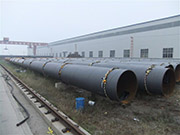
Causes of rust and corrosion of spiral steel pipe
Because spiral steel pipes are stacked outdoors, and most of them are buried in the ground when they are in use, they are easy to corrode and rust. To ensure the smooth flow of the pipes, spiral steel pipe manufacturers must have strong corrosion resistance. Once the pipeline ...Read more -
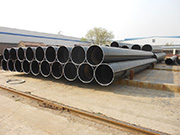
The difference between thin-walled spiral steel pipe and thick-walled spiral steel pipe
The concept of thin-walled spiral steel pipe: the strip steel is fed into the welded pipe unit, rolled by multiple rollers, the strip steel is gradually rolled up to form a circular tube billet with an opening gap, and the reduced amount of the extrusion roller is adjusted to ...Read more -
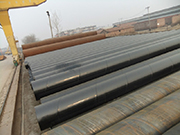
Eddy’s current non-destructive testing method for a weld seam of spiral welded pipe
Pipeline transportation, as an efficient means of special transportation, has played an increasingly important role in oil and gas transportation and other fields. At present, domestic large-diameter transportation pipelines are mainly constructed of spiral welded steel pipes....Read more -
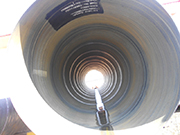
Large-diameter welded pipe production process
Large-diameter welded pipe production process 1: Conduct physical and chemical inspections of raw materials such as strip steel coils, welding wires, and fluxes. 2: The head-to-tail butt joint of the strip steel adopts single-wire or double-wire submerged arc welding, and auto...Read more -
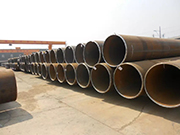
Selection of anti-corrosion coatings for steel pipes
There are many kinds of steel pipe anti-corrosion coatings, and their properties and uses are different. The correct selection is very important for the anti-corrosion effect and service life of the coating. When choosing, you should consider: 1. The properties of the surface ...Read more -
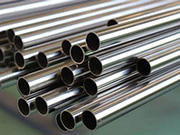
What is the difference between 2205 duplex stainless steel pipe and 304 stainless steel pipe
1. Compared with 304 stainless steel pipe, the advantages of duplex stainless steel are as follows: (1) The yield strength is more than double that of ordinary austenitic stainless steel, and it has sufficient plasticity and toughness required for forming. The wall thickness o...Read more -
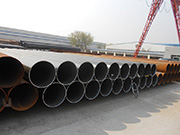
Introduction to the production steps of spiral steel pipe
How to produce all kinds of spiral steel pipes from a piece of steel? (1) Conduct various inspections on raw materials. Raw materials generally refer to strip steel coils, welding wires, fluxes, etc. Before putting into use, they must go through strict physical and chemical te...Read more -
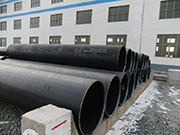
Large-diameter steel pipe connection method and cleaning method
Cleaning method of large-diameter steel pipe: 1. Spray blasting and de-rusting: the high-power motor drives the blades to rotate at high speed, so that steel sand, steel shot, iron wire segment, minerals, and other abrasives are sprayed and projected on the surface of the stee...Read more

